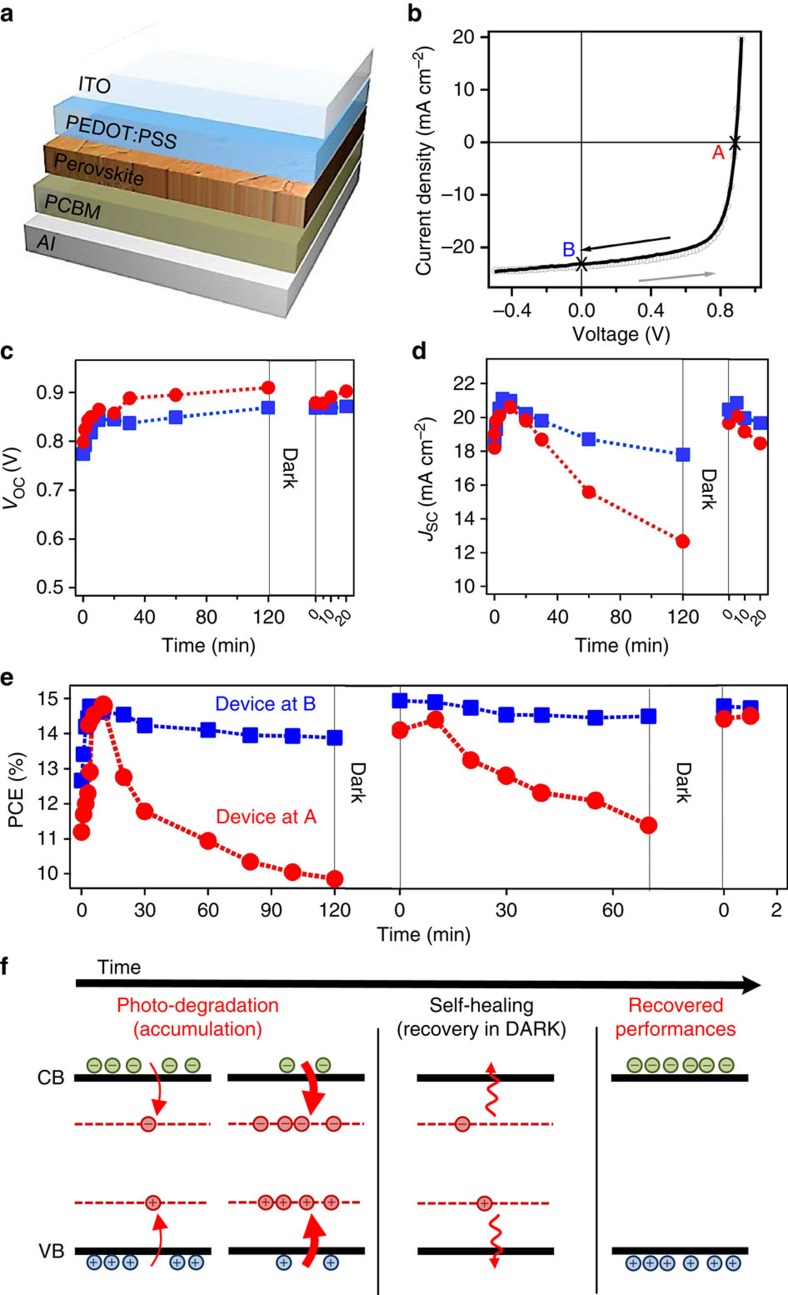Figure 1. Solar cell performance under constant illumination.
(a) Planar solar cell architecture used in this study. (b) Typical device current density-voltage (J–V) curves under 1-Sun illumination showing no hysteresis for crystalline large-grain-size organometallic perovskite used in this study. (c–e) Time evolution of device performance and figures of merit under constant 1-sun illumination and after resting the device in dark. Open-circuit voltage c, short-circuit current density d, and power conversion efficiency e, when the device is stressed at point A (red circles, J=0, V=VOC) or at point B (blue squares, J=JSC, V=0) between each data point. (f) Schematics of the proposed photocurrent degradation and self-healing mechanism based on perovskite layer band structure evolution sketching the valence (VB) and conduction (CB) bands for three situations: during photo-degradation and accumulation, during recovery in dark and under illumination after self-healing. The red dotted lines refer to light-activated meta-stable trap states that relax in dark returning the device to its steady state. Arrows sketch how photo-generated carriers can populate those light-activated trap states under light or relax in dark over time.

